Home>Storage & Organization>Kitchen Organizing Tools>How To Litter Box Train A Rat
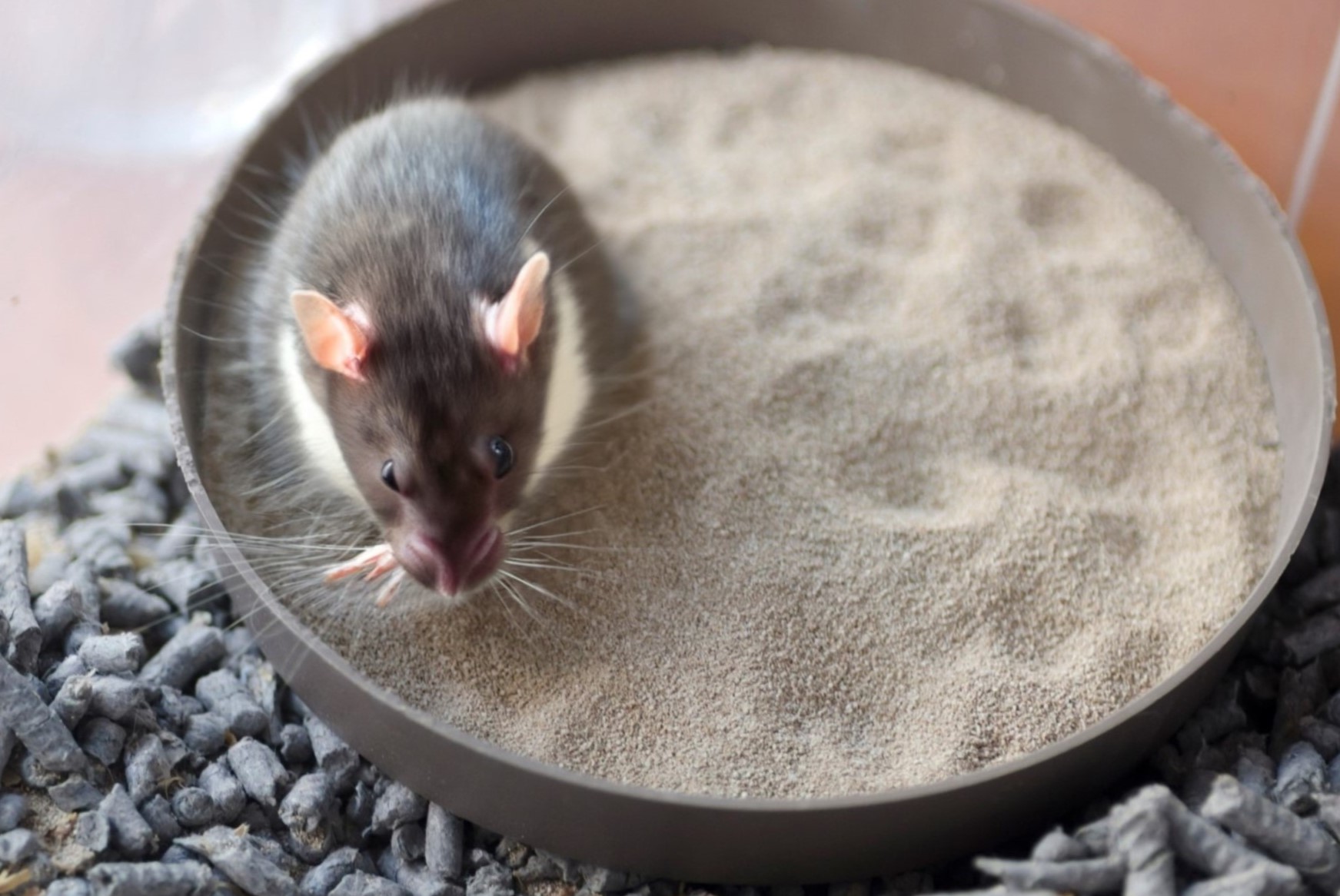

Kitchen Organizing Tools
How To Litter Box Train A Rat
Published: February 23, 2024
Learn how to litter box train a rat with the best kitchen organizing tools. Discover effective tips and products for a clean and tidy rat habitat.
(Many of the links in this article redirect to a specific reviewed product. Your purchase of these products through affiliate links helps to generate commission for Storables.com, at no extra cost. Learn more)
Introduction
Litter box training is an essential aspect of caring for pet rats. By teaching your furry companions to use a designated litter box, you can maintain a clean and hygienic living environment for both your rats and yourself. This training process not only promotes cleanliness but also fosters a strong bond between you and your pets.
Rats are intelligent and highly trainable creatures, making them receptive to litter box training. By understanding their natural instincts and providing the right tools and guidance, you can successfully teach them to use a litter box with consistency and ease.
In this comprehensive guide, we will delve into the intricacies of litter box training for rats, offering valuable insights and practical tips to help you navigate this process effectively. From selecting the appropriate litter box and litter material to strategically placing the box in your rats' habitat, we will cover every aspect of this training endeavor. Additionally, we will address common challenges that may arise during the training process and provide troubleshooting strategies to overcome them.
By the end of this guide, you will be equipped with the knowledge and confidence to embark on the journey of litter box training for your pet rats. With patience, persistence, and the right approach, you can create a clean and harmonious living space for both you and your beloved rodent companions. Let's dive into the world of rat litter box training and discover the key principles and practices that will set the stage for a successful training experience.
Key Takeaways:
- Training pet rats to use a litter box involves understanding their natural instincts, choosing the right box and litter, and strategically placing it in their habitat. Positive reinforcement and patience are crucial for success.
- Maintaining a clean litter box and addressing common training issues, such as accidents and reluctance, are essential for successful rat litter box training. By being patient and observant, you can create a harmonious living space for your furry companions.
Read more: How To Litter Box Train A Rabbit
Understanding the Basics of Litter Box Training for Rats
Litter box training for rats is a fundamental aspect of responsible pet ownership. By comprehending the natural behaviors and tendencies of rats, you can effectively initiate the training process. Rats are inherently clean animals and tend to designate specific areas for urination and defecation within their living space. Understanding this natural inclination is crucial in successfully implementing litter box training.
Rats are intelligent and adaptable creatures, making them receptive to training. They possess a strong instinct to maintain cleanliness within their environment, which aligns with the objectives of litter box training. By leveraging their natural tendencies, you can guide them to consistently use a designated litter box for their waste elimination needs.
When embarking on litter box training for rats, it's essential to consider their behavioral patterns. Rats typically establish specific areas within their habitat for nesting, eating, and eliminating waste. Observing these patterns can provide valuable insights into where to place the litter box and how to encourage their use of it.
Furthermore, rats are social animals that thrive on routine and consistency. Establishing a structured training regimen and providing positive reinforcement are key components of successful litter box training. By creating a predictable environment and offering rewards for desired behaviors, you can motivate your rats to embrace the litter box as a designated elimination area.
Understanding the basics of litter box training for rats also involves recognizing the significance of patience and persistence. While some rats may quickly adapt to using a litter box, others may require more time and encouragement. By approaching the training process with patience and a positive attitude, you can foster a supportive and nurturing environment for your rats as they learn this new behavior.
In essence, comprehending the basics of litter box training for rats entails acknowledging their natural instincts, behavioral tendencies, and social dynamics. By leveraging this understanding and applying it to the training process, you can lay a solid foundation for successful litter box training. With patience, consistency, and a deep understanding of your rats' needs, you can embark on this training journey with confidence and compassion.
Choosing the Right Litter Box and Litter
Selecting the appropriate litter box and litter material is a pivotal step in the process of litter box training for rats. The right choices can significantly influence the success and comfort of your rats during the training period. When it comes to choosing a litter box for rats, opt for a shallow, rectangular container that is easily accessible for your pets. A low-sided litter box allows rats to enter and exit with ease, promoting a seamless transition to using the box for waste elimination.
In addition to the design of the litter box, consider the material from which it is made. Plastic litter boxes are often preferred for rats due to their durability, ease of cleaning, and resistance to odor absorption. It's essential to choose a litter box that is sturdy and easy to maintain, as this will contribute to the overall cleanliness and hygiene of your rats' living space.
When it comes to selecting the appropriate litter material for your rats' litter box, opt for a safe and absorbent option that aligns with their natural preferences. Paper-based bedding or pelleted paper litter are popular choices for rat litter boxes. These materials are non-toxic, highly absorbent, and comfortable for rats to walk on, making them suitable for promoting litter box usage.
Avoid using clumping cat litter or cedar/pine shavings, as these materials can pose health risks to rats due to their potential to produce harmful dust or fumes. Additionally, the ingestion of clumping litter can lead to gastrointestinal issues in rats. By prioritizing the safety and comfort of your rats, you can create an inviting and hygienic environment within the litter box, encouraging them to embrace this designated elimination area.
In summary, choosing the right litter box and litter material for your rats is a critical aspect of setting the stage for successful litter box training. By prioritizing accessibility, safety, and comfort, you can provide your rats with a conducive environment for learning and adapting to the use of a litter box. With the right choices in place, you can embark on the next steps of the training process with confidence and a focus on creating a clean and harmonious living space for your beloved rodent companions.
Placing the Litter Box in the Right Location
Strategic placement of the litter box is a crucial factor in the success of litter box training for rats. By carefully selecting the location for the litter box, you can create an environment that encourages your rats to embrace this designated elimination area. When determining the optimal placement for the litter box, consider the following key considerations:
1. Observation of Behavioral Patterns:
Before placing the litter box, observe your rats' natural behavioral patterns within their habitat. Rats tend to establish specific areas for different activities, including nesting, eating, and waste elimination. By identifying the areas where your rats frequently urinate or defecate, you can gain valuable insights into where to position the litter box. Placing the box in close proximity to these areas can facilitate a smooth transition to using the litter box for waste elimination.
Read more: How To Train A Ferret To Use A Litter Box
2. Accessibility and Privacy:
Ensure that the litter box is easily accessible to your rats while also providing a sense of privacy. Rats appreciate a degree of seclusion when engaging in elimination activities, so positioning the litter box in a quiet and relatively secluded area of their habitat can promote their comfort and willingness to use the box. However, it's important to strike a balance, as the location should still be easily reachable for your rats without causing them undue stress or discomfort.
3. Integration with Living Space:
Integrate the litter box into your rats' living space in a way that aligns with their natural movement patterns. Placing the box in a corner or against a wall can create a sense of security for your rats while also minimizing the likelihood of accidental spills or messes. Additionally, consider the overall layout of the habitat and ensure that the placement of the litter box allows for smooth navigation and minimal disruption to your rats' daily activities.
4. Multiple Litter Boxes:
If you have multiple rats sharing the same habitat, consider providing more than one litter box to accommodate their needs. Having multiple litter boxes distributed throughout the living space can prevent competition or conflicts over access to the elimination area. It also promotes a harmonious environment and reduces the likelihood of territorial disputes related to the use of the litter box.
By carefully considering these factors and observing your rats' behavior, you can strategically place the litter box in a location that promotes their comfort, accessibility, and acceptance of this designated elimination area. With the litter box positioned thoughtfully within their habitat, you can proceed to the next phase of the training process with a focus on encouraging your rats to embrace this new addition to their living space.
Encouraging Your Rat to Use the Litter Box
Encouraging your rat to use the litter box is a pivotal phase in the litter box training process. By employing positive reinforcement, strategic placement, and consistent guidance, you can effectively motivate your rat to embrace the litter box as the designated area for waste elimination.
Read more: How To Train A Puppy To Use A Litter Box
Positive Reinforcement:
Positive reinforcement is a powerful tool in encouraging desired behaviors in rats. When your rat uses the litter box, offer immediate praise and rewards to reinforce this positive behavior. You can use small, rat-friendly treats or verbal praise to communicate approval. By associating the act of using the litter box with positive experiences, your rat will be more inclined to repeat this behavior.
Strategic Placement of Waste:
During the initial stages of training, place any waste or soiled bedding from your rat's habitat into the litter box. Rats are naturally inclined to eliminate waste in areas with existing odors, making this a strategic method to guide them toward the litter box. As they encounter the scent of their waste within the box, they will be prompted to use it for future elimination.
Consistent Guidance:
Consistency is key when encouraging your rat to use the litter box. Monitor your rat's behavior closely and gently place them in the litter box after meals or naps, as these are times when they are more likely to feel the urge to eliminate waste. By consistently guiding them to the litter box during these moments, you can instill the habit of using it for waste elimination.
Patience and Observation:
Every rat has its own pace of learning, so it's essential to exercise patience and keen observation during the training process. Some rats may quickly adapt to using the litter box, while others may require more time and encouragement. By observing your rat's behavior and progress, you can tailor your approach to suit their individual learning style, fostering a positive and supportive training experience.
Read more: How To Train A Dog To Use A Litter Box
Avoiding Punishment:
It's important to refrain from using punishment or negative reinforcement when your rat has accidents outside the litter box. Rats respond best to positive reinforcement, and punishment can lead to stress and anxiety, hindering the training process. Instead, focus on redirecting your rat to the litter box and offering encouragement when they use it appropriately.
By implementing these strategies and maintaining a patient, positive, and consistent approach, you can effectively encourage your rat to use the litter box for waste elimination. With time and dedication, your rat will develop the habit of using the litter box, contributing to a cleaner and more hygienic living environment for both you and your furry companion.
Cleaning and Maintaining the Litter Box
Maintaining a clean and hygienic litter box is essential for the overall well-being of your pet rats and the upkeep of their living environment. Regular cleaning and maintenance not only promote a healthy and odor-free habitat but also contribute to the success of litter box training by ensuring that the designated elimination area remains inviting and functional for your rats.
Daily Spot Cleaning:
Performing daily spot cleaning of the litter box is a fundamental aspect of its maintenance. Remove any soiled bedding, waste, or soiled litter from the box on a daily basis. This not only prevents the accumulation of waste but also encourages your rats to continue using the litter box for elimination. By maintaining a clean and fresh environment, you reinforce the habit of using the litter box, contributing to the success of the training process.
Complete Litter Box Change:
In addition to daily spot cleaning, it's important to conduct a complete litter box change on a regular basis. Depending on the size of the litter box and the number of rats using it, a complete change of the litter and bedding should be performed at least once a week. Remove all the existing litter, clean the box thoroughly with pet-safe disinfectant, and refill it with fresh, absorbent litter material. This routine maintenance not only ensures cleanliness but also minimizes odors and promotes a comfortable environment for your rats.
Read more: How To Train A Hamster To Use A Litter Box
Odor Control:
Managing odors associated with the litter box is a key consideration in its maintenance. Opt for litter materials that offer effective odor control, such as paper-based bedding or pelleted paper litter. Additionally, incorporating natural odor-absorbing agents, such as baking soda, into the litter can help neutralize odors and maintain a fresh-smelling habitat. Regular cleaning and litter replacement also play a significant role in controlling odors, ensuring a pleasant living space for both you and your rats.
Hygiene and Health:
Maintaining the cleanliness of the litter box is crucial for the overall hygiene and health of your rats. A soiled or unsanitary litter box can pose health risks, including bacterial infections and respiratory issues. By prioritizing regular cleaning and maintenance, you create a hygienic environment that supports the well-being of your rats, reducing the likelihood of health-related concerns associated with poor sanitation.
In essence, cleaning and maintaining the litter box is a fundamental aspect of responsible rat care and effective litter box training. By incorporating daily spot cleaning, regular litter changes, odor control measures, and a focus on hygiene, you can create a clean and inviting elimination area for your rats. This not only supports the success of litter box training but also contributes to the overall health and comfort of your beloved rodent companions.
Troubleshooting Common Litter Box Training Issues
Litter box training for rats, while generally straightforward, may encounter common issues that require troubleshooting to ensure the success of the training process. By addressing these challenges proactively, you can navigate the training journey with confidence and effectively support your rats in embracing the use of a designated litter box for waste elimination.
1. Accidents Outside the Litter Box:
If your rats consistently have accidents outside the litter box, it may indicate a need for reassessment. Start by observing their behavior and identifying any potential stressors or disruptions in their environment. Additionally, ensure that the litter box is easily accessible and positioned in a quiet, secluded area. Providing multiple litter boxes in different locations can also mitigate accidents and promote consistent litter box usage.
Read more: How To Train A Cat To Pee In The Litter Box
2. Reluctance to Use the Litter Box:
Some rats may initially show reluctance to use the litter box, especially if they have established alternative elimination areas within their habitat. In such cases, patience and persistence are key. Encourage the use of the litter box through positive reinforcement, strategic placement of waste within the box, and consistent guidance. Avoid forcing your rats into the litter box, as this can create negative associations and hinder their willingness to use it.
3. Territorial Disputes:
In multi-rat environments, territorial disputes over the use of the litter box may arise. To address this issue, provide multiple litter boxes distributed throughout the habitat to prevent competition and conflicts. Additionally, observe your rats' interactions and behavior around the litter boxes to identify any signs of territorial aggression. Creating a harmonious environment through the strategic placement of litter boxes can mitigate territorial disputes and promote shared usage.
4. Inconsistent Litter Box Habits:
Inconsistency in litter box habits may stem from changes in the rats' environment, stress, or health issues. If you notice a sudden shift in their litter box behavior, consider any recent changes in their surroundings or routines. Additionally, monitor their overall health and well-being, as underlying health issues can impact their elimination patterns. Addressing any environmental stressors and prioritizing their health can help restore consistent litter box habits.
5. Litter Box Rejection:
In rare cases, rats may exhibit outright rejection of the litter box, refusing to use it despite consistent training efforts. If this occurs, reassess the type of litter and the design of the litter box. Experiment with different litter materials and box styles to identify preferences that align with your rats' natural inclinations. Additionally, seek to create a positive association with the litter box through patient encouragement and reinforcement.
By addressing these common litter box training issues with patience, observation, and proactive measures, you can overcome challenges and guide your rats toward successful litter box usage. Each troubleshooting step contributes to a supportive and nurturing training experience, fostering a clean and harmonious living space for both you and your beloved rodent companions.
Conclusion
In conclusion, litter box training for rats is a journey that requires patience, understanding, and a deep appreciation for the natural instincts and behaviors of these intelligent creatures. By embarking on this training endeavor with a focus on creating a clean and harmonious living environment, you not only promote the well-being of your rats but also strengthen the bond between you and your furry companions.
Throughout this comprehensive guide, we have explored the intricacies of litter box training for rats, delving into the fundamental principles and practical strategies that underpin this training process. From understanding the basics of rat behavior to selecting the right litter box and litter material, each step contributes to the successful integration of the litter box into your rats' habitat.
Strategic placement of the litter box, consistent encouragement, and proactive troubleshooting are essential components of the training journey. By observing your rats' behavior, responding to their individual needs, and maintaining a clean and hygienic litter box, you create an environment that supports their natural instincts while fostering positive habits.
As you navigate the challenges and triumphs of litter box training, remember that each rat is unique, and the training process may unfold at its own pace. Embrace the journey with patience, celebrate small victories, and adapt your approach to suit the individual preferences and learning styles of your rats.
Ultimately, the successful integration of the litter box into your rats' routine contributes to a cleaner, more hygienic living space for both you and your beloved pets. By prioritizing their comfort, well-being, and natural inclinations, you create a nurturing environment that reflects your commitment to responsible pet ownership.
As you continue to guide your rats through the training process, remember that your efforts are instrumental in shaping their habits and behaviors. With dedication, compassion, and a deep understanding of your rats' needs, you can lay the foundation for a lifelong commitment to cleanliness and mutual respect within your shared living space.
In essence, litter box training for rats is not just about instilling a specific behavior; it's about fostering a relationship built on trust, understanding, and a shared commitment to a clean and harmonious coexistence. Embrace the training journey as an opportunity to strengthen the bond with your rats and create a living environment that reflects the care and consideration you hold for these remarkable companions.
Frequently Asked Questions about How To Litter Box Train A Rat
Was this page helpful?
At Storables.com, we guarantee accurate and reliable information. Our content, validated by Expert Board Contributors, is crafted following stringent Editorial Policies. We're committed to providing you with well-researched, expert-backed insights for all your informational needs.

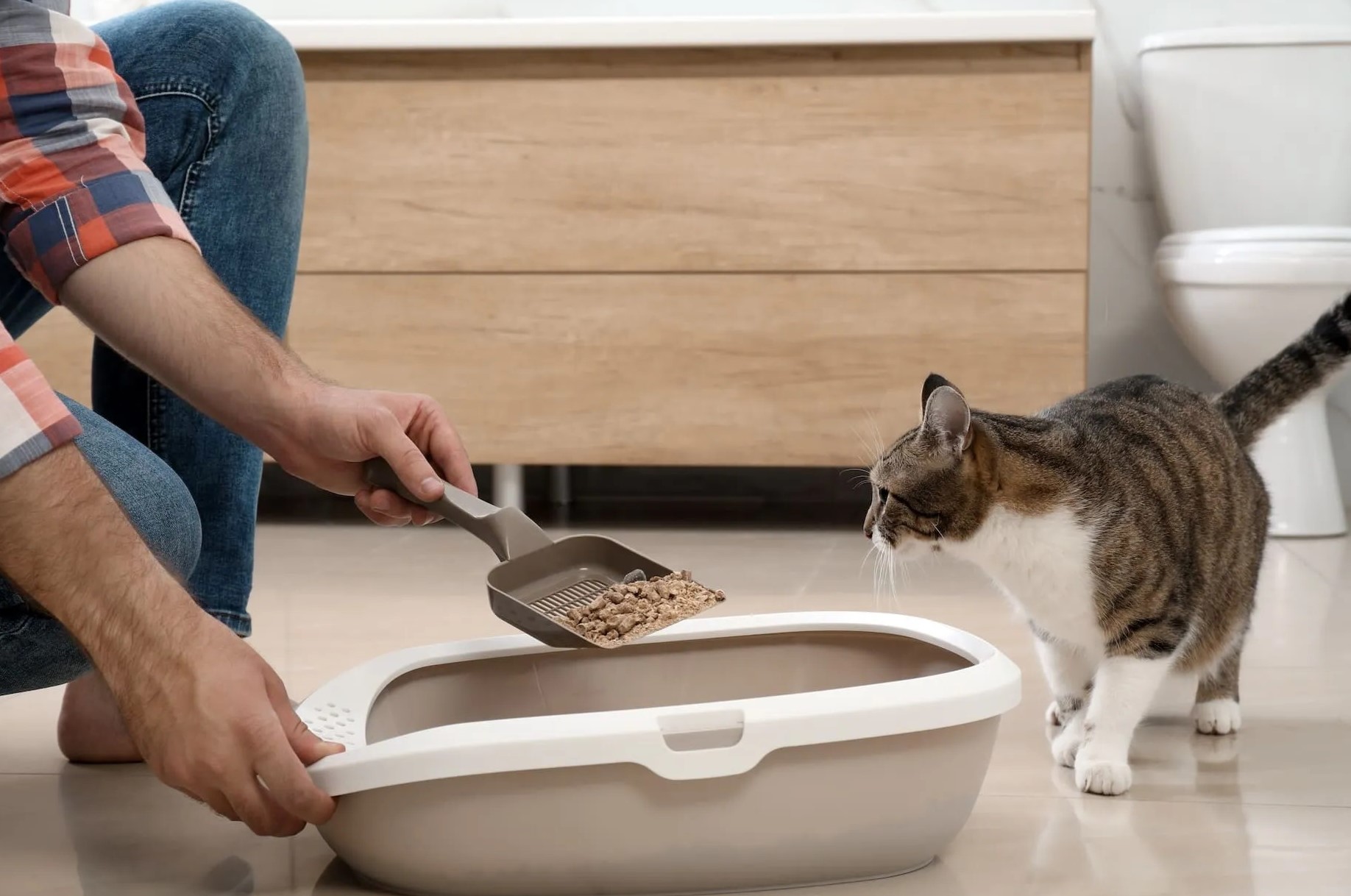
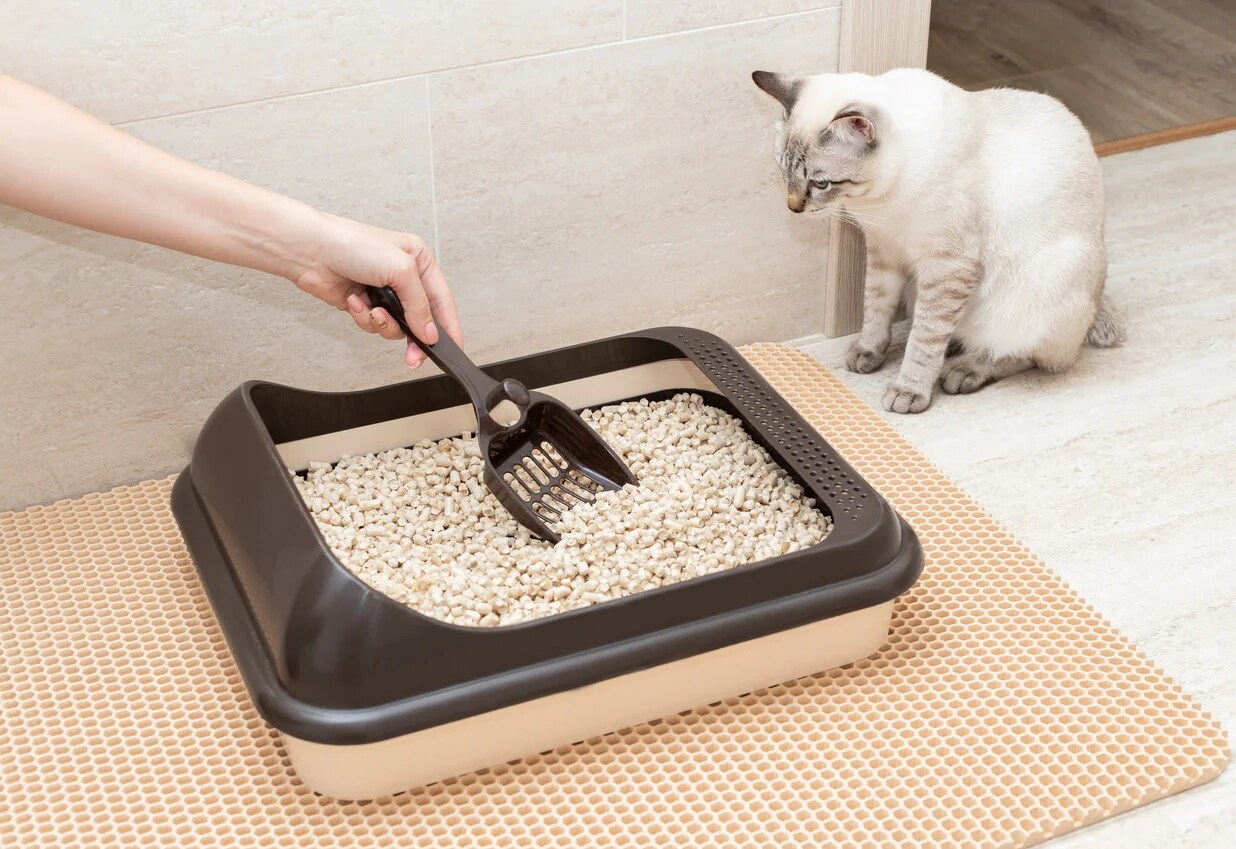

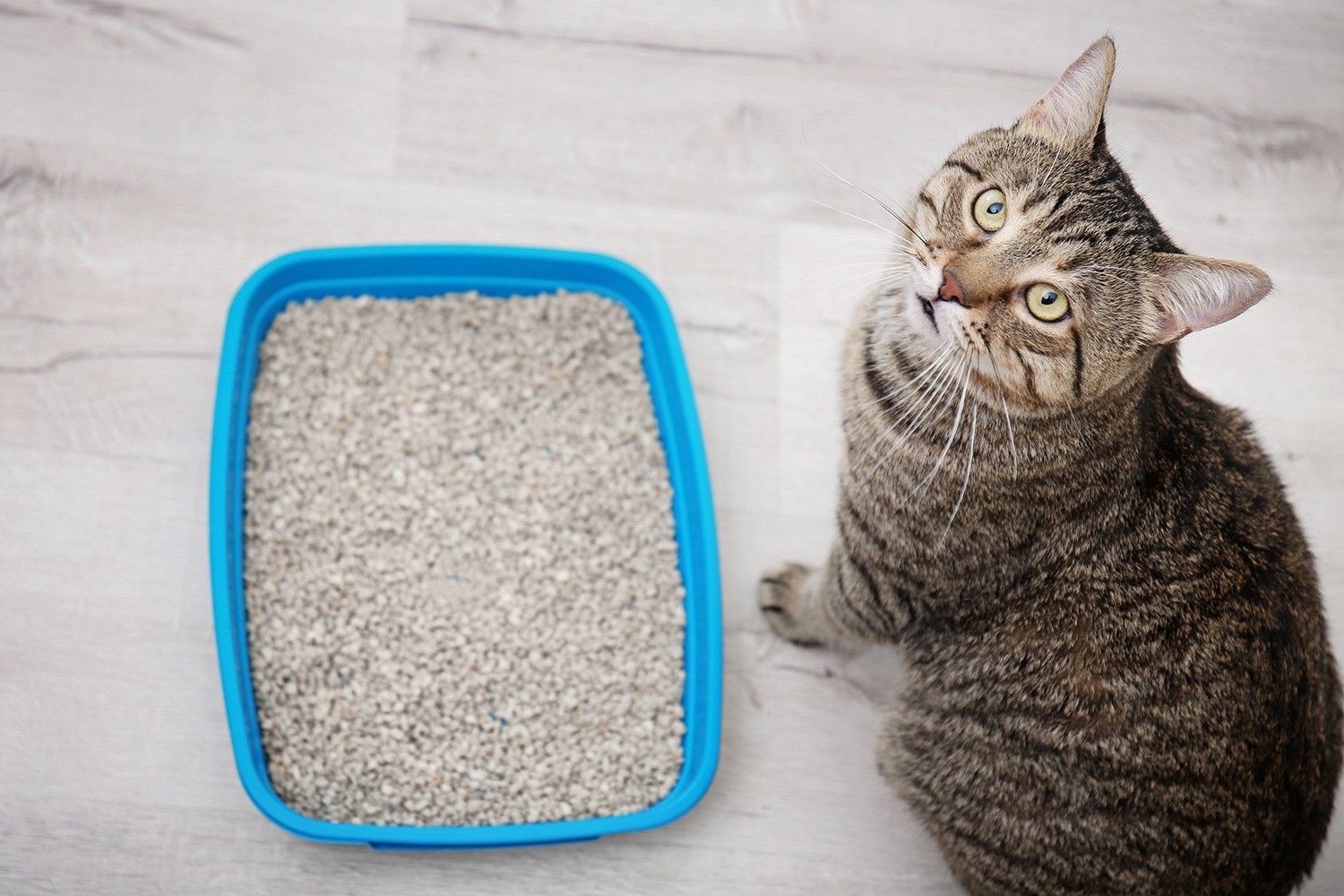
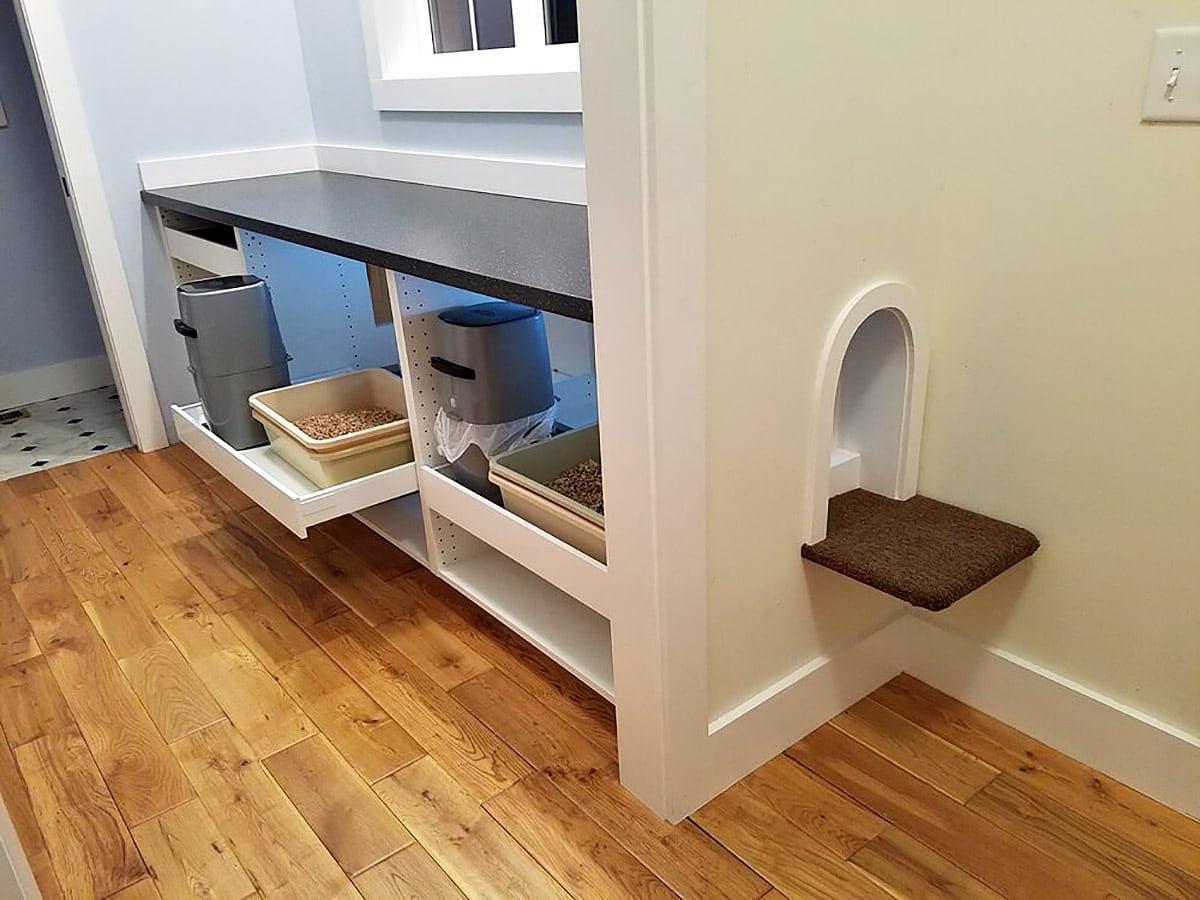
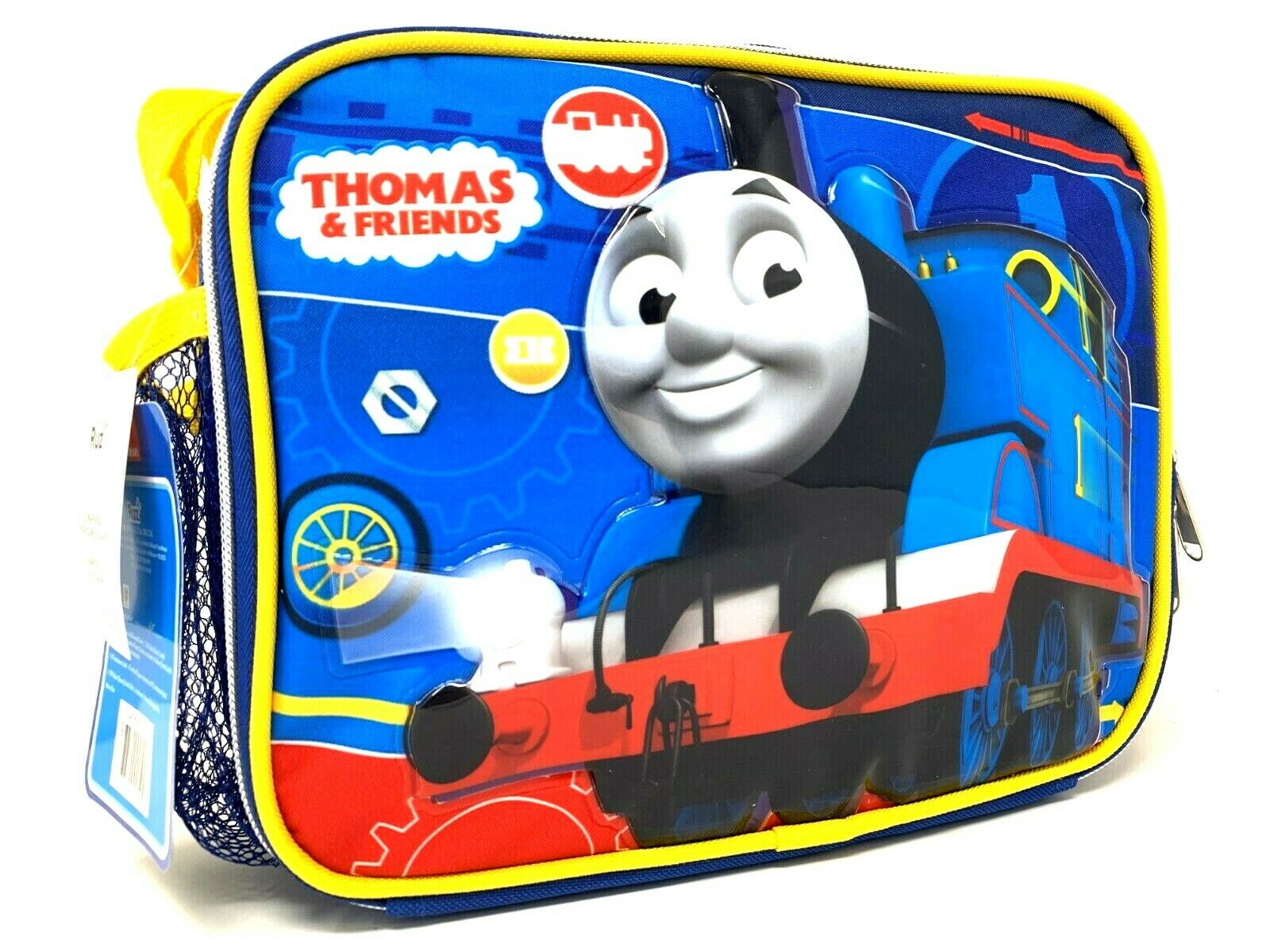
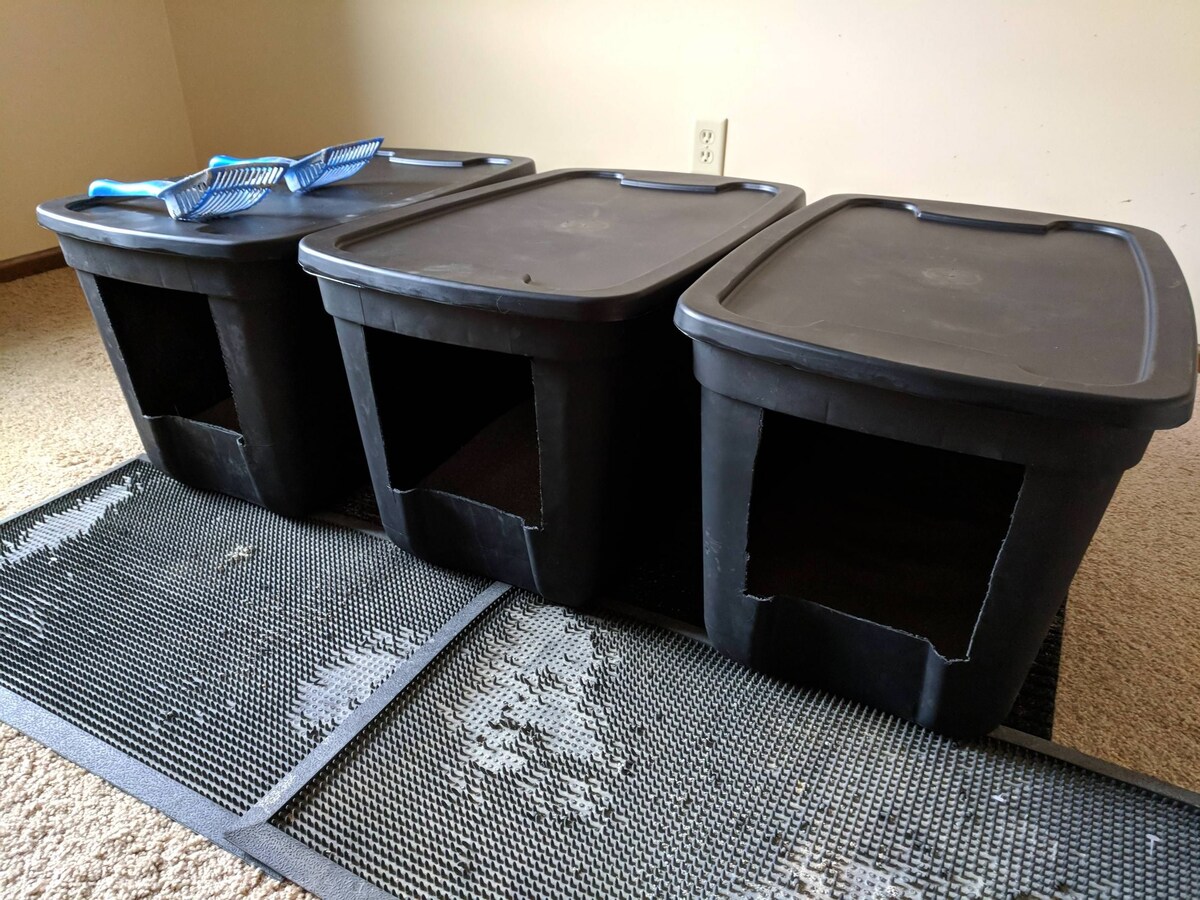
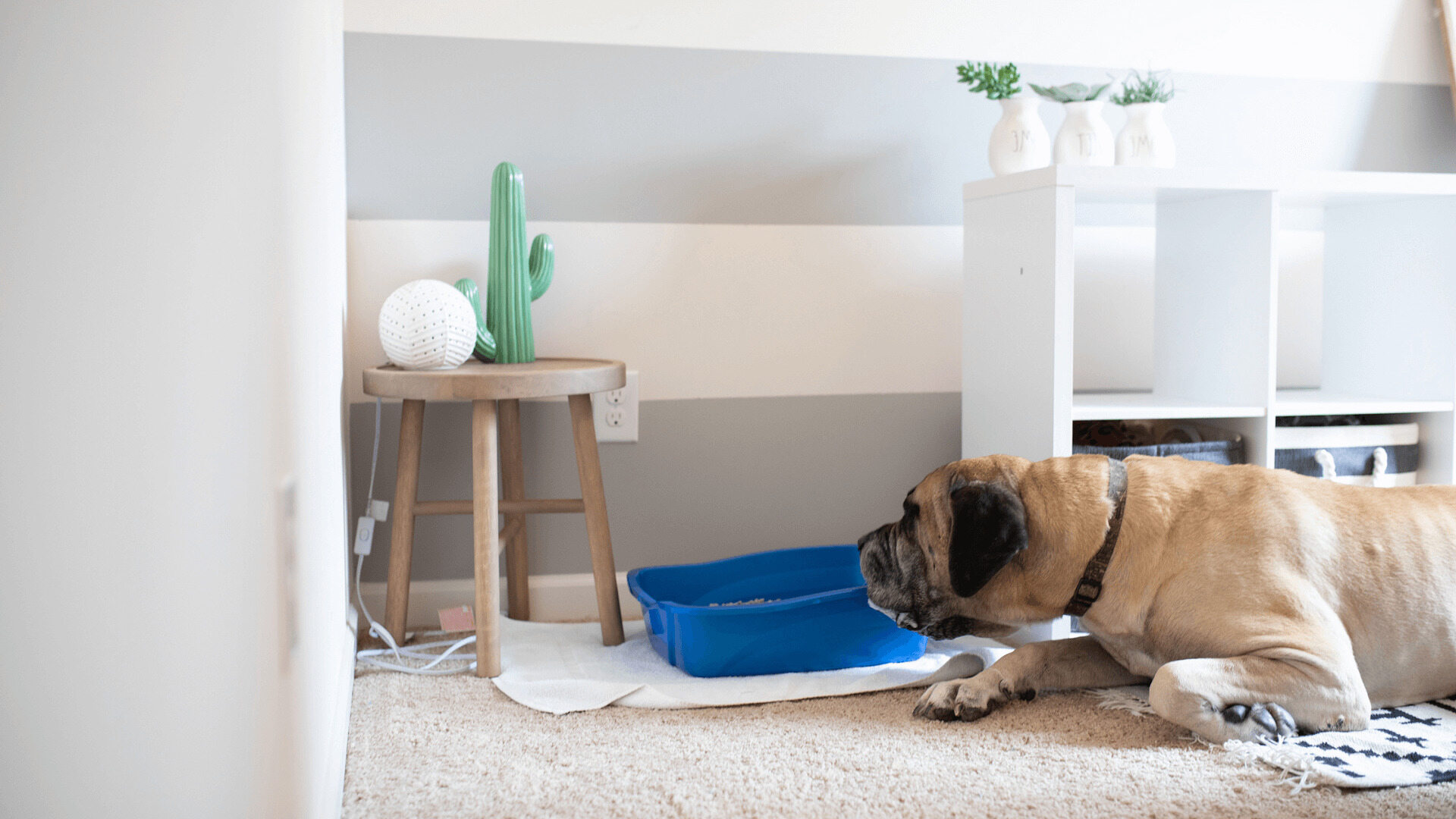

0 thoughts on “How To Litter Box Train A Rat”